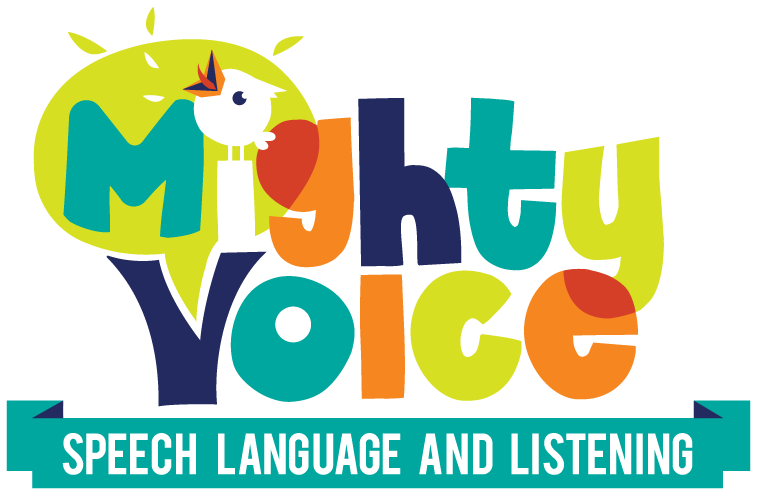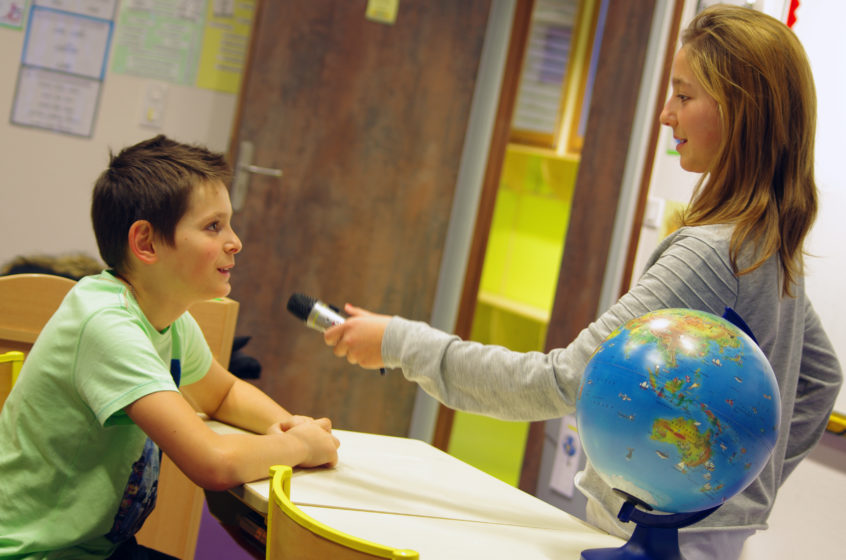When I tell people I’m working toward becoming a Listening and Spoken Language Specialist, or providing therapy using auditory verbal principles, I either get a smile and nod, or a look of confusion. I’m pretty sure I did the same thing when I first came across these terms.
In a nutshell, this type of therapy focuses on teaching children who are deaf and hard of hearing (and choosing these outcomes!) to learn to listen and talk.
So let’s talk some specifics. The AG Bell Academy outlines 9 principles each Listening and Spoken Language Specialist* must uphold. While these principles are written for LSLS therapists, I think they’re helpful for families to understand as well. When you understand your therapist’s principles, you and your family better know what to expect.
Auditory Verbal Therapy Principle 1
Promote early diagnosis of hearing loss in newborns, infants, toddlers, and young children, followed by immediate audiologic management and auditory-verbal therapy.
In the United States, all 50 states and the District of Columbia have Early Hearing Detection and Intervention (EDHI) programs that screen for hearing loss. The goal of these EDHI programs is sometimes described as 1-3-6–to have each infant’s hearing screened by 1 month of age, a diagnosis given to a family by 3 months of age, and early intervention services started by 6 months of age.
Although Listening and Spoken Language Specialists may not be directly involved with a child and family at this stage, knowing about and promoting this early detection and intervention is important.
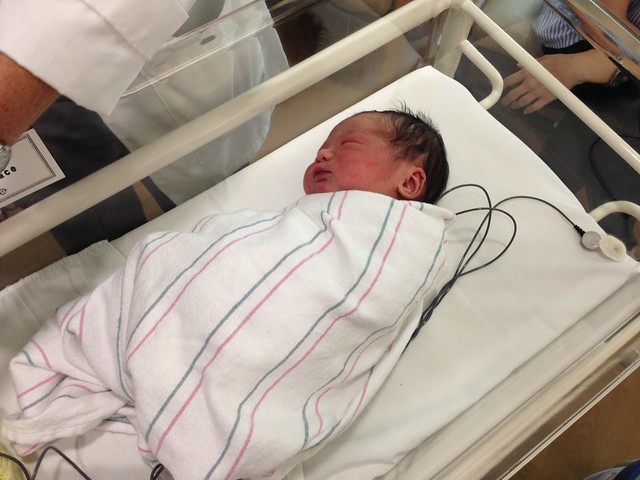
Anyone who’s had a baby knows that the first days and weeks of having a baby are hectic. In the hospital you’re being given tons of information on all of the screenings and tests and what not your baby has been given. If you’re anything like me, you put it dutifully in your folder, thank the nurse, and don’t think about it again until weeks or months later…you’ve got too many other things to do.
But, one of those papers in that folder may have to do with your child’s hearing screening. If no one has said anything to you, they’ve probably passed. For some families, you might be told your child failed the screening. I’ve heard from a few families that for them, this result was downplayed or they were told “it’s probably just fluid in their ears from birth.”
But what if it’s not? What if your child has an actual hearing loss? If that is the case, there is lots to be done, which is why it’s vital to follow up on your screening results. Children who receive intervention early, regardless of how they choose to communicate, have better outcomes than children whose families waited.
Auditory Verbal Therapy Principle 2
Recommend immediate assessment and use of appropriate, state-of-the-art hearing technology to obtain maximum benefits of auditory stimulation
When your family has found out your child is deaf or has hearing loss, and you are choosing to pursue listening and spoken language outcomes, a Listening and Spoken Language Specialist will encourage you to have your child assessed for hearing technology (usually a hearing aid) right away.
The way typically hearing children learn to talk is by listening. We often don’t really give this much thought because it just seems so natural. We talk to babies, they hear what’s going on around them, and they respond back with sounds and noises, and eventually start talking. What we don’t see going on is that as we talk to children, the sound is going from their ears through the auditory pathways to the brain and organizing the auditory portions of the brain to hear and understand what they’re hearing and make sense of it.
But, for children with hearing loss, they have not been getting that same auditory input. When we fit them with technology that gives them the auditory (sound) input, they now have access. But, it’s not just access at the ear…the sound they hear can now, with appropriate amplification, make its way from the ear, through the auditory pathways, to the brain. So really, what we’re doing, is giving their brain access and promoting the neural (brain) pathways that help them make sense of what they’re hearing, so they can eventually respond to it verbally. Amazing, isn’t it?
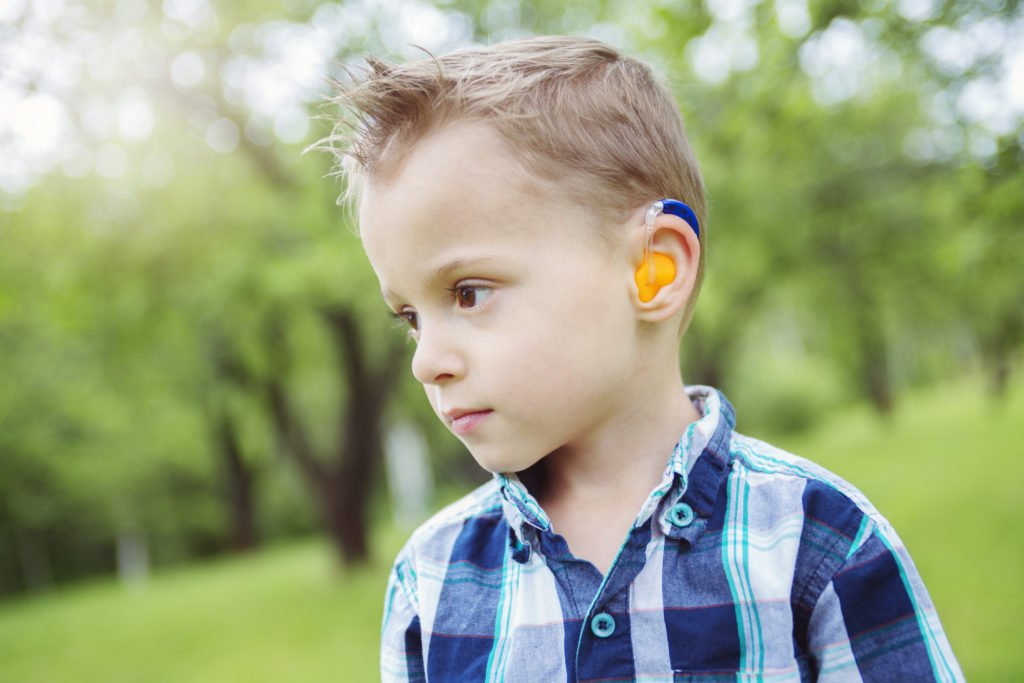
Auditory Verbal Therapy Principle 3:
Guide and coach parents to help their child use hearing as the primary sensory modality in developing listening and spoken language
I think principle #3 is often misunderstood. I’ve heard people describe listening and spoken language or auditory verbal therapy as “covering your mouth so deaf kids can’t see what you’re saying” or “they’re not allowed to sign at all.” This deserves a whole separate post, but here’s how this makes sense to me, and if research eventually shows something completely different, I’m open to that…
What this principle is getting is this–if a family’s goal is to have their child listen and talk (and we’ve already covered that this is not what every family is choosing and that’s totally cool, every family needs to make the best choice for their child), we are going to work on listening and speaking. That makes sense, right? Like if you want your child to be able to play the piano, you work on playing the piano, not the drums. If you want your child to be able to hear, understand, and comprehend well, you work on hearing, understanding and comprehending. If you want your child to be able to listen to and produce sounds and use words and sentences, you work on listening and producing sounds and using words and sentences.
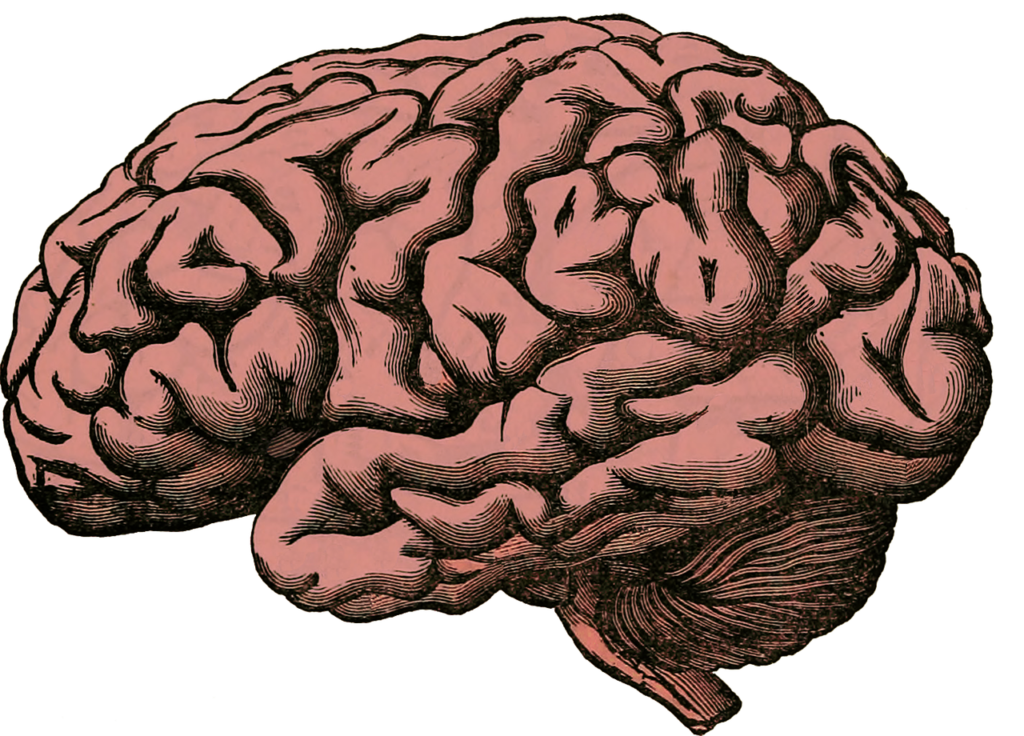
In order to do this effectively (again, for families who are choosing listening and spoken language outcomes), you focus on these modalities first. We know that the brain is amazing, and when one section of it isn’t being used or developed, those areas can be recruited to do other things. Our kiddos who are born deaf or hard of hearing have had limited auditory input, so their brain is “at risk” so to speak of losing those brain connections to other functions unless we build those connections and areas through listening and using language. Because you want to build and strengthen and connect the brain pathways for hearing and language and speech, those are the things you work on.
Stay tuned for the rest of the Auditory Verbal Therapy Principles coming soon!
*Just to avoid any confusion, I am not yet a certified Listening and Spoken Language Specialist, cert. Auditory Verbal Therapist. I am working toward certification, and as a certified Speech Language Pathologist I provide speech language pathology services using auditory verbal techniques.
